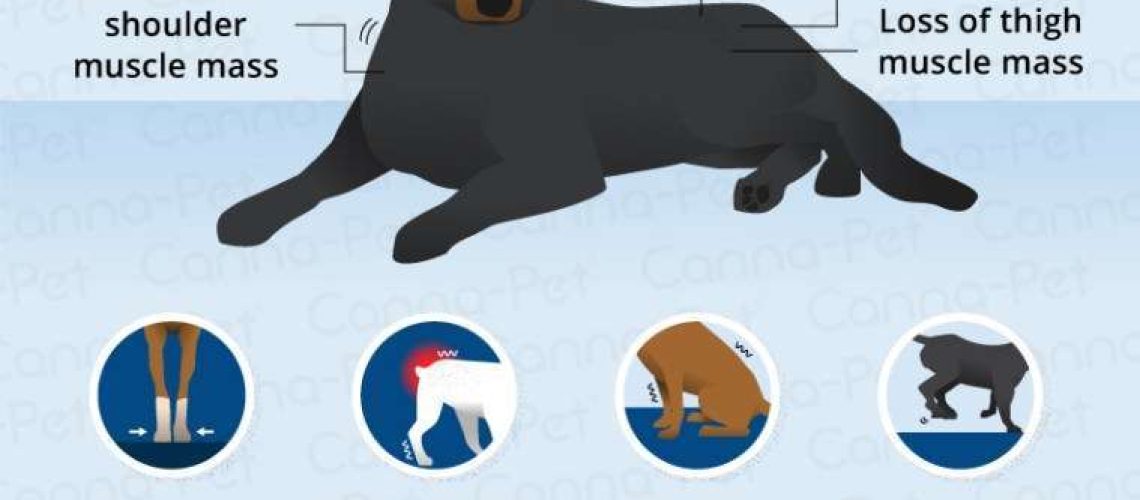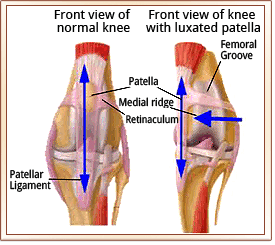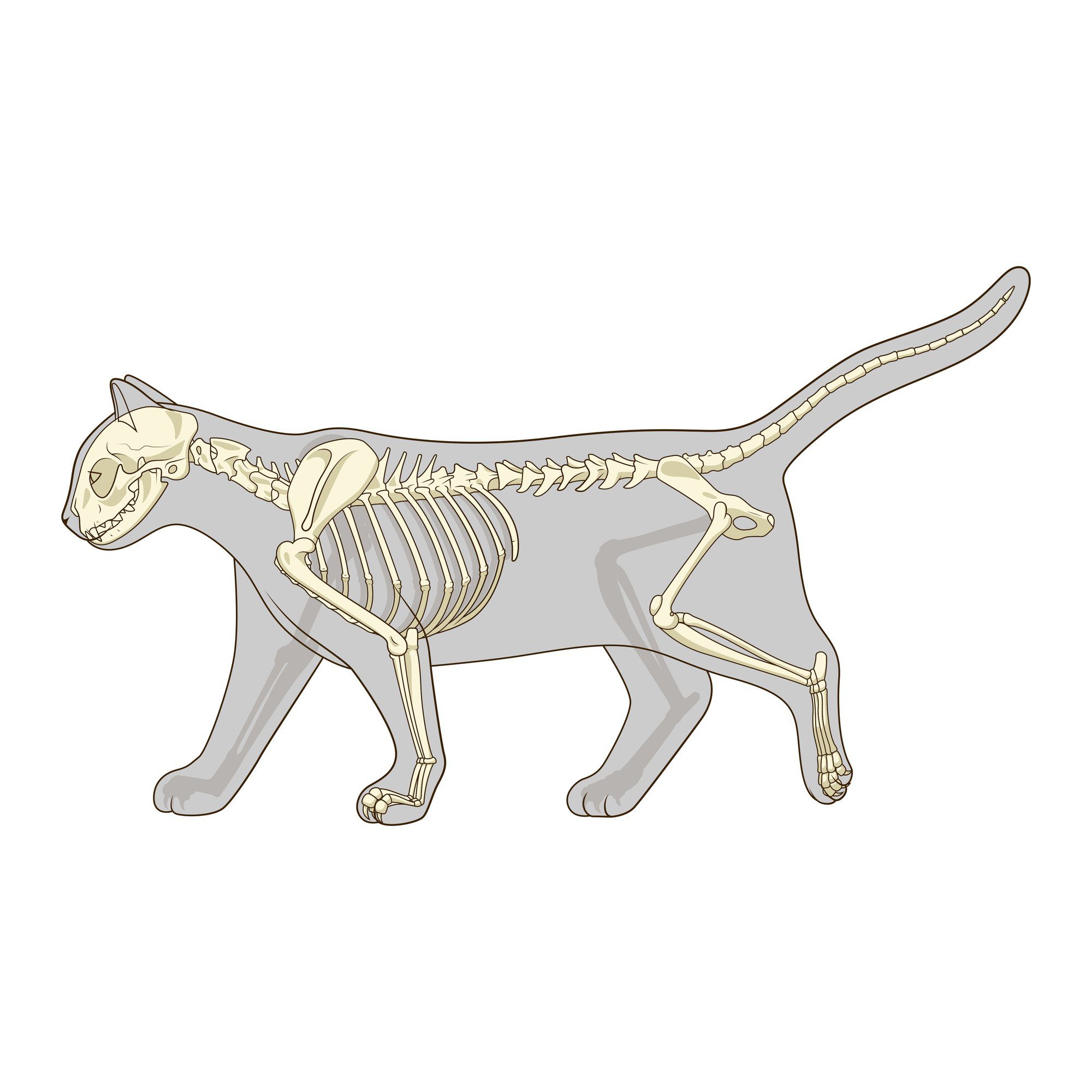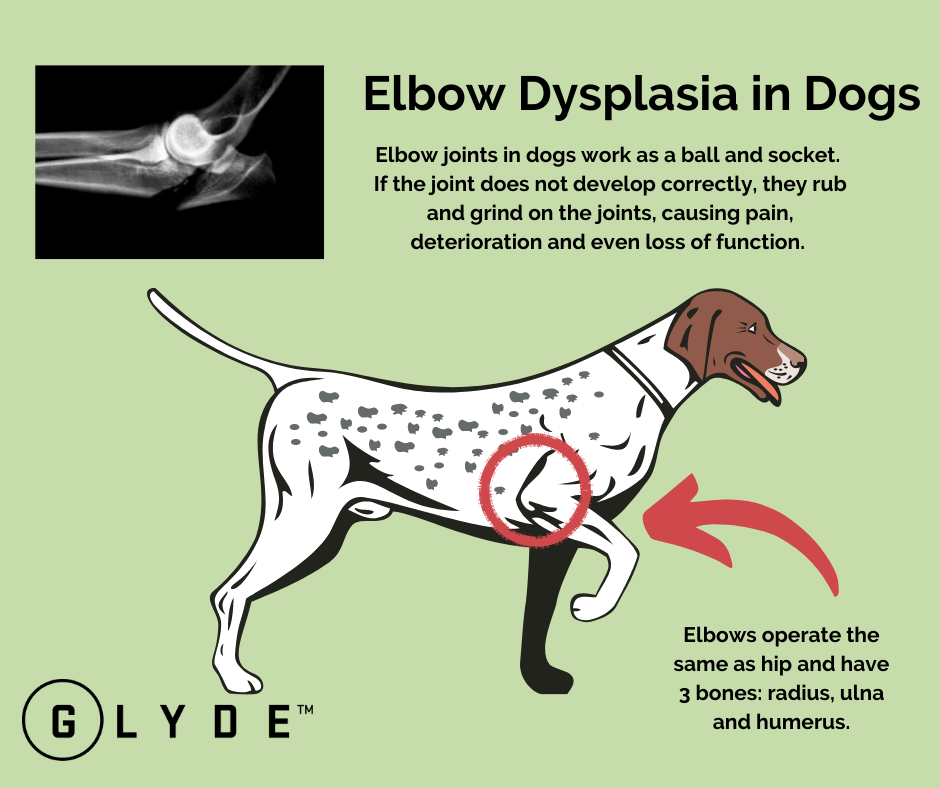Key Takeaways:
- Hip dysplasia is a common orthopedic condition in dogs, especially larger breeds.
- Genetics play a significant role in the development of hip dysplasia.
- Early detection and intervention can help manage hip dysplasia and minimize its impact on a dog's quality of life.
- Regular exercise and weight management are crucial for preventing or managing hip dysplasia in dogs.
- Surgical options like total hip replacement can provide long-term relief for severe cases of hip dysplasia.
Are you a dog lover? Do you want to ensure your furry friend lives a long, healthy, and pain-free life? If so, it's crucial to delve into the topic of hip dysplasia in dogs. This common condition affects millions of canines worldwide and understanding it can make all the difference in your pet's well-being. By exploring this subject, you will gain valuable insights into how to prevent and manage hip dysplasia, enabling your beloved companion to run, jump, and play without discomfort. So let's embark on this journey together and equip ourselves with the knowledge needed to keep our four-legged friends happy and thriving!
Understanding Hip Dysplasia in Dogs: What You Need to Know
Hip dysplasia is a common condition that affects dogs, especially larger breeds. It occurs when the hip joint doesn't develop properly, causing the bones to rub against each other instead of fitting together smoothly. This can lead to pain, stiffness, and difficulty walking or running.
To understand hip dysplasia better, it helps to know a bit about how the hip joint works. The hip joint is a ball-and-socket joint where the femur (thigh bone) fits into the pelvis. In a healthy dog, the ball-shaped end of the femur fits perfectly into the socket of the pelvis, allowing for smooth movement. However, in dogs with hip dysplasia, this fit is not ideal.
Causes of Hip Dysplasia
The exact cause of hip dysplasia is not fully understood, but there are several factors that can contribute to its development:
- Genetics: Certain dog breeds are more prone to developing hip dysplasia due to their genetic makeup.
- Growth rate: Rapid growth during puppyhood can put stress on the developing joints and increase the risk of hip dysplasia.
- Diet and nutrition: Improper nutrition or overfeeding can lead to excessive weight gain, which puts extra strain on the hips.
Diagnosing Hip Dysplasia
If you suspect your dog may have hip dysplasia, it's important to consult with a veterinarian for an accurate diagnosis. The vet will perform a physical examination and may also recommend X-rays or other imaging tests to assess the condition of your dog's hips.
During the physical examination, the vet will look for signs such as lameness, difficulty rising or climbing stairs, and a reduced range of motion in the hips. X-rays can provide a clear picture of the hip joint and help determine the severity of the dysplasia.
Detecting Hip Dysplasia in Dogs: Signs and Symptoms to Watch For
As a dog owner, it's essential to be aware of the signs and symptoms of hip dysplasia so that you can seek veterinary care promptly if needed. Here are some common signs to watch for:
Lameness or limping
If your dog starts limping or favoring one leg, especially after exercise or prolonged periods of rest, it could be a sign of hip dysplasia. The lameness may come and go or become more pronounced over time.
Difficulty getting up or lying down
Dogs with hip dysplasia often have trouble getting up from a lying position or lying down comfortably. They may hesitate before sitting down, showing signs of discomfort.
Reduced activity level
If your once-active dog becomes less interested in physical activities like running, jumping, or playing fetch, it could indicate hip dysplasia. They may also tire easily during walks or show reluctance to climb stairs.
Pain and stiffness
Dogs with hip dysplasia may experience pain and stiffness in their hips. You may notice them having difficulty walking smoothly or exhibiting an abnormal gait.
If you observe any of these signs in your dog, it's important to consult with your veterinarian for an accurate diagnosis and appropriate treatment options. Early detection can help manage the condition effectively and improve your dog's quality of life.
Which Dog Breeds are Prone to Hip Dysplasia?
Hip dysplasia is a condition that affects the hip joints of dogs, causing pain and discomfort. While any dog breed can develop hip dysplasia, some breeds are more prone to this condition than others. Large and giant breeds such as German Shepherds, Labrador Retrievers, Golden Retrievers, and Rottweilers have a higher risk of developing hip dysplasia. This is because their size and weight put extra stress on their hips, leading to the development of this condition. Additionally, certain small breeds like Pugs and French Bulldogs may also be susceptible to hip dysplasia due to their genetic predisposition.
Factors Contributing to Hip Dysplasia
Several factors contribute to the development of hip dysplasia in dogs. Genetics play a significant role, as it can be passed down from one generation to another. Improper nutrition during a dog's growth phase can also increase the risk of developing this condition. Excessive exercise or activities that put strain on the hips at an early age can further exacerbate the problem. It is crucial for dog owners to be aware of these factors and take appropriate measures to prevent or manage hip dysplasia in their pets.
Prevention Measures
Preventing hip dysplasia in dogs involves various strategies that can help reduce the risk or delay its onset. Providing a balanced diet with proper nutrients during a dog's growth stage is essential for healthy bone development. Regular exercise should be encouraged but should not be excessive or involve high-impact activities that could harm the hips. Maintaining an ideal body weight is crucial for reducing stress on the joints. Additionally, selective breeding practices that prioritize healthy hips can help decrease the prevalence of hip dysplasia in future generations.
Preventing Hip Dysplasia in Dogs: Effective Strategies to Consider
Preventing hip dysplasia in dogs is crucial for ensuring their overall well-being and quality of life. By implementing effective strategies, dog owners can significantly reduce the risk or delay the onset of this condition. Providing a balanced diet that supports healthy bone development is essential. This includes feeding high-quality dog food that contains appropriate levels of calcium, phosphorus, and other essential nutrients. Avoiding excessive growth rates by not overfeeding puppies can also help prevent hip dysplasia.
Exercise and Physical Activity
Regular exercise is important for maintaining a dog's overall health, but it should be done in moderation to protect their hips. Low-impact exercises such as swimming or walking on soft surfaces are ideal for dogs at risk of hip dysplasia. These activities help strengthen the muscles around the hips without putting excessive strain on the joints. It is important to avoid activities that involve jumping or sudden changes in direction, as they can increase the risk of hip dysplasia.
Regular Veterinary Check-ups
Regular veterinary check-ups are crucial for monitoring a dog's health and detecting any signs of hip dysplasia early on. Veterinarians can perform physical examinations and recommend diagnostic tests such as X-rays to assess the condition of the hips. Early detection allows for prompt intervention and management strategies to minimize pain and discomfort associated with hip dysplasia.
Treating Hip Dysplasia in Dogs: Options and Effectiveness
When a dog is diagnosed with hip dysplasia, various treatment options are available to alleviate pain and improve their quality of life. The choice of treatment depends on factors such as the severity of the condition, age, size, and overall health of the dog.
Non-Surgical Treatment
In mild cases or as an initial approach, non-surgical treatments may be recommended by veterinarians. These can include weight management, physical therapy, and the use of anti-inflammatory medications to reduce pain and inflammation. Supplements such as glucosamine and chondroitin may also be prescribed to support joint health.
Surgical Intervention
In more severe cases or when non-surgical treatments are not effective, surgical intervention may be necessary. There are several surgical options available, including femoral head ostectomy (FHO), total hip replacement (THR), and triple pelvic osteotomy (TPO). These procedures aim to improve the function of the hip joint and alleviate pain.
Managing the Long-Term Effects of Hip Dysplasia on a Dog's Quality of Life
Hip dysplasia is a chronic condition that requires long-term management to ensure a dog's quality of life is maintained. While it may not be possible to completely cure hip dysplasia, there are strategies that can help manage its effects.
Pain Management
Pain management is an essential aspect of managing hip dysplasia in dogs. Veterinarians may prescribe pain medications or recommend alternative therapies such as acupuncture or laser therapy to alleviate discomfort. It is important for dog owners to closely monitor their pet's pain levels and consult with their veterinarian regularly for adjustments in medication or treatment plans.
Lifestyle Modifications
Making certain lifestyle modifications can greatly improve a dog's comfort and mobility with hip dysplasia. Providing soft bedding or orthopedic beds can reduce pressure on the hips while resting. Ramps or stairs can be used to minimize jumping or climbing onto elevated surfaces. Regular low-impact exercise routines tailored to the individual dog's needs can help maintain muscle strength without exacerbating hip problems.
By implementing preventive measures, considering appropriate treatment options, and managing the long-term effects of hip dysplasia, dog owners can provide their furry companions with a better quality of life and minimize the impact of this condition.
In conclusion, hip dysplasia is a common condition in dogs that affects their hip joints. It can cause pain and difficulty in walking, but early detection and proper care can help manage the condition and improve the dog's quality of life.
How long can a dog live with hip dysplasia?
Having hip dysplasia should not have any impact on the lifespan of your dog. As long as the condition is treated and the dog is properly cared for at home, they should be able to live a complete and active life. Issues may arise only if the dog overeats or experiences discomfort that hinders them from exercising enough to maintain a healthy weight.
What are signs of hip dysplasia in dogs?
Dogs that have hip dysplasia often exhibit symptoms such as lameness in their hind legs, pain, and loss of muscle mass. Owners have observed that their dogs experience lameness after physical activity, move with a hopping gait, hesitate to stand or jump, or are not as active as other dogs of the same age.
Can you fix hip dysplasia in dogs?
The best surgical option for dogs with hip dysplasia is a total hip replacement, where the surgeon replaces the damaged joint with artificial metal and plastic implants. This procedure restores normal hip function and significantly reduces the pain caused by hip dysplasia.
What can be done for a dog with hip dysplasia?
Total hip replacement is widely regarded as the best surgical option for addressing hip dysplasia. This procedure involves the use of metal and plastic implants to replace the entire hip joint, restoring normal hip function and significantly reducing discomfort associated with hip dysplasia.
Is it bad to walk a dog with hip dysplasia?
Engaging in regular walks and moderate runs can assist in strengthening the muscles surrounding the joint. It is advised by your veterinarian to aim for two 20-minute walks each day, allowing your dog to dictate the pace.
Is hip dysplasia very painful in dogs?
Hip dysplasia often results in the development of osteoarthritis in a dog's hip joints, which is a debilitating and painful condition that can greatly affect their overall well-being. Furthermore, this disease can cause financial and emotional stress for dog owners. It is a widespread condition that affects both male and female dogs equally.

















